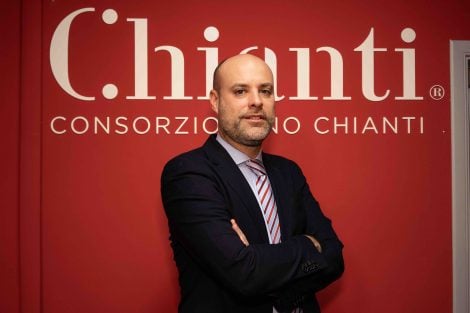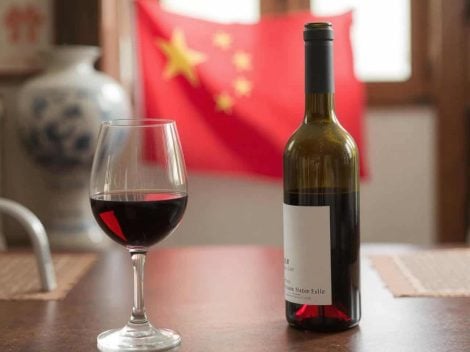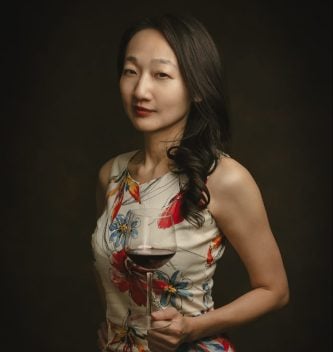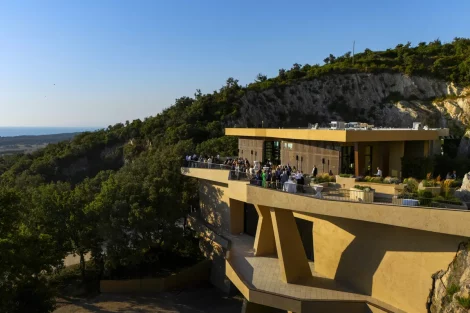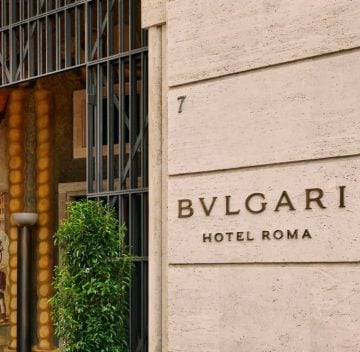by Giovanni Caldara
"Sushi? Sashimi? Ceviche? If that’s today’s trend, especially in a cosmopolitan and sophisticated city like Milan, the real provocation is serving a lasagna or a meat grill. Naturally, made as it should be. And that’s exactly what we’ll be doing here at Lubna."
A true Romagnolo, 42 years old, with a professional pedigree worthy of respect, Enrico Croatti is today both an established and hungry chef: hungry, above all, for new challenges. One such challenge is being tackled from the kitchens of Lubna, the fascinating restaurant just inaugurated in the Lombard capital. His provocation – embodied in the form of (delicious) menu dishes – directly questions the world of dining, particularly gourmet cuisine, which often seems lost or somehow "in search of an author" these days.
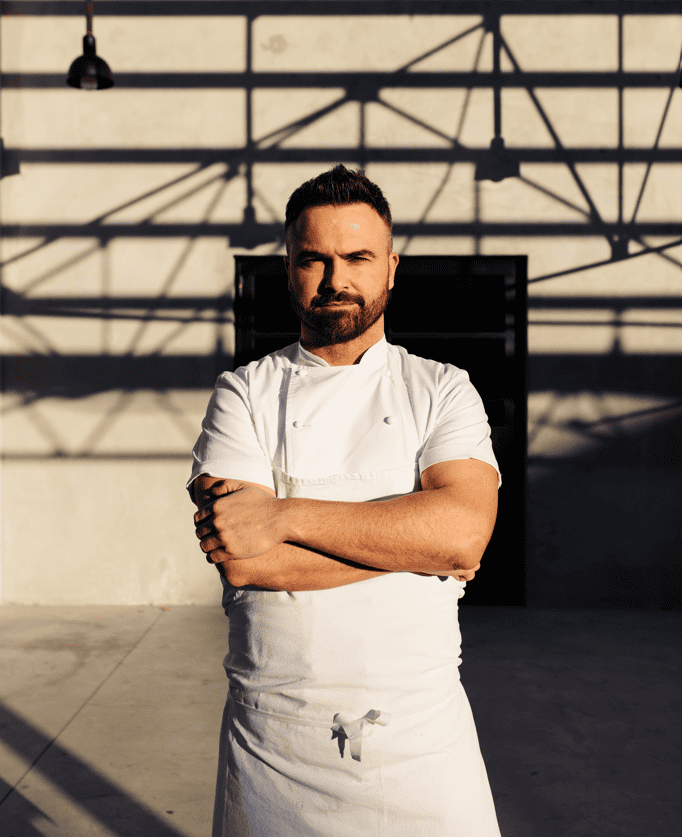
A countertrend cuisine
Why does the idea of finding a lasagna (here cooked over a wood-fired grill) or a meat grill on the menu of a gourmet restaurant scandalise us so much? "It’s wrong that we’ve reached this point. And for that matter," Enrico Croatti tells us, "you’ll also find Romagnolo-style squid skewers or grilled passatelli (with dried porcini mushrooms) here – dishes we rarely get to enjoy outside their regional contexts. Unfortunately, I believe we’ve become accustomed to trends. And certainly, it’s easier for all of us to think about sashimi or a tomahawk steak. Even my team, when I explained my culinary vision, looked at me with scepticism, not to mention the front-of-house staff: 'What? A mixed grill in Milan?' they seemed to ask with almost a disgusted expression."
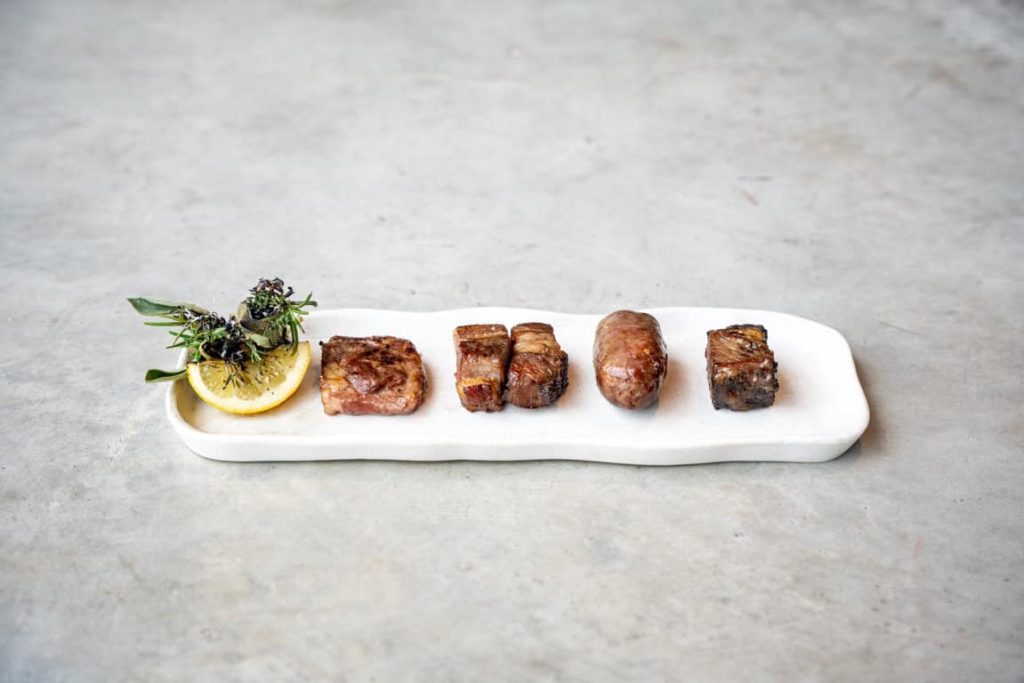
Rediscovering the classics
Yet the bold gamble of the chef behind Moebius Sperimentale, also in Milan, which today inspires the offerings at Lubna, stems from a simple yet far from banal reflection: "It’s not true that people don’t want or have stopped asking for the great classics of Italian cuisine. People, rather, have forgotten them. My goal isn’t to follow trendy cuisine but to embrace a 'countertrend' approach, where simplicity and the quality of the ingredients become the protagonists. Here, fire will be at the centre – this primordial element that, to me, represents life."
A connection to the territory
To create Lubna’s menu, Enrico Croatti speaks of active involvement from everyone in the kitchen, essentially a far more horizontal brigade compared to the hierarchical model that still resembles a military barracks: "Many of my team members," the chef continues, "have been with me for several years. And I encourage them to reconnect with their roots, with the traditions of the regions they come from, which they must be able to express. That’s the authentic wealth we want to showcase."
But that’s not enough, Enrico says, because to breathe new life into a sector as stifled as haute cuisine, one needs the courage to discard certain structures: "I gladly disobey certain rules of fine dining: no amuse-bouches or petit fours that unnecessarily burden the kitchen’s workflow – and the budget."
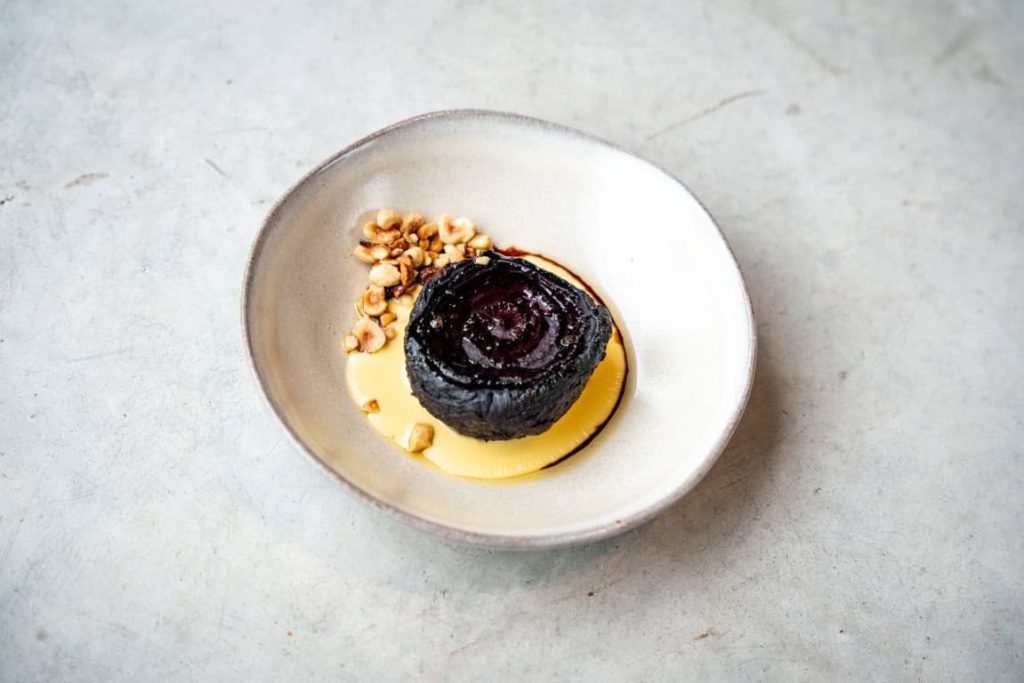
Rediscovering the joy of taste
Other significant aspects of Lubna’s offerings are worth highlighting: portions are once again generous rather than fleeting, the price-to-quality ratio is appealing (especially by Milanese standards), and the emphasis on the joy of taste is no longer a ghost to be exorcised. Proof of this lies in the indulgent "beetroot underground with taleggio and hazelnuts," which invites a delightfully satisfying scarpetta.
In a restaurant as captivating as Lubna, which is part of the Magma event space and the Scaramouche art gallery in the so-called SouPra district – meaning "South of Prada," just south of the Prada Foundation and a stone’s throw from the future Olympic Village for Milan-Cortina 2026 – could this seemingly vintage and retro approach, paradoxically, become tomorrow’s trendsetting cuisine?

 Education and economics: understanding Brazil's wine market
Education and economics: understanding Brazil's wine market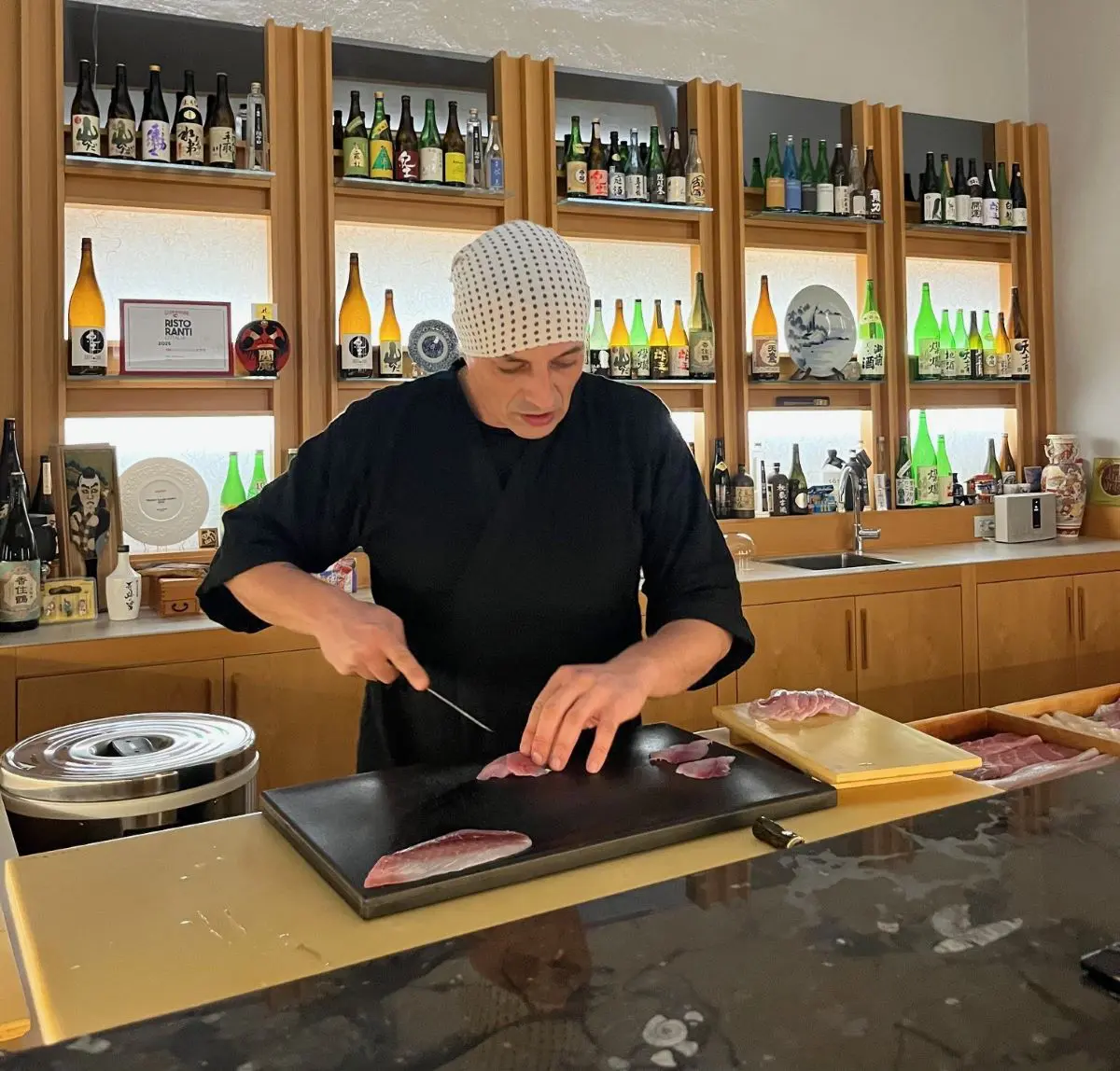 Here are the secrets of one of the best Japanese restaurants in Italy
Here are the secrets of one of the best Japanese restaurants in Italy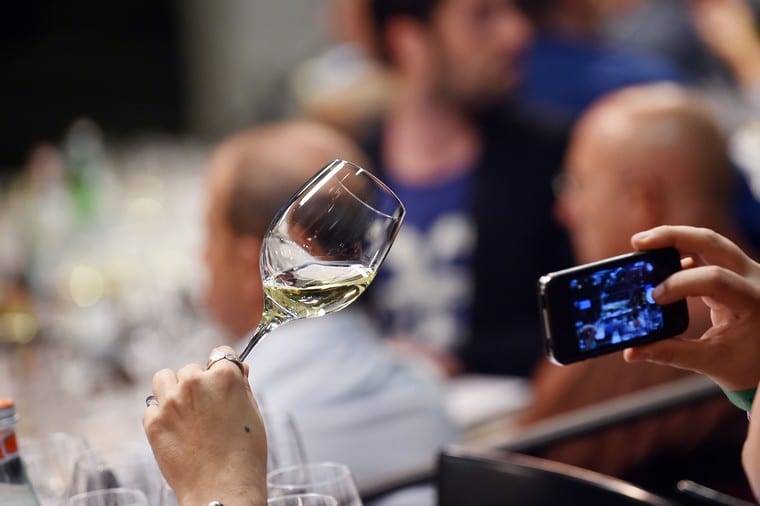 'Falanghina del Sannio will soon become a DOCG'
'Falanghina del Sannio will soon become a DOCG'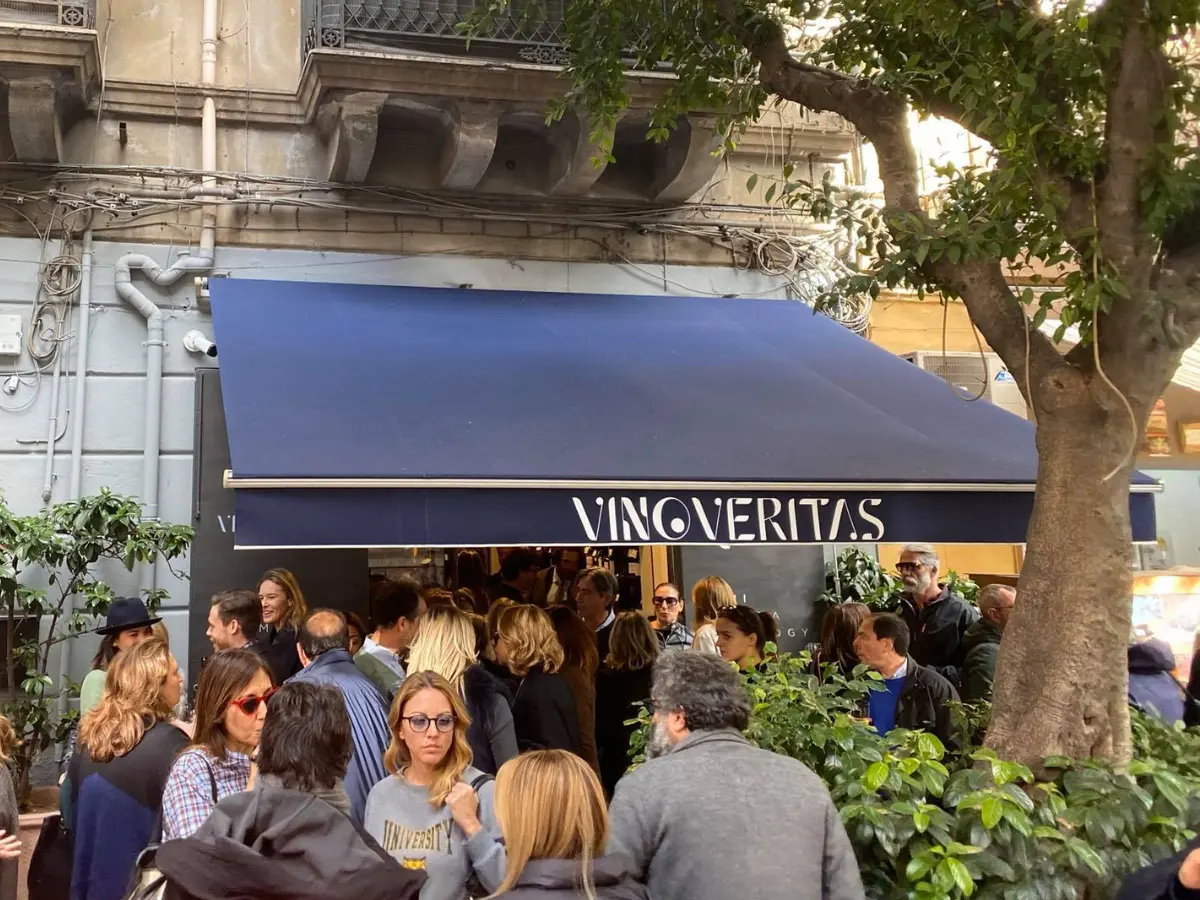 In Palermo there is one of the new best wine bars in Italy according to Gambero Rosso
In Palermo there is one of the new best wine bars in Italy according to Gambero Rosso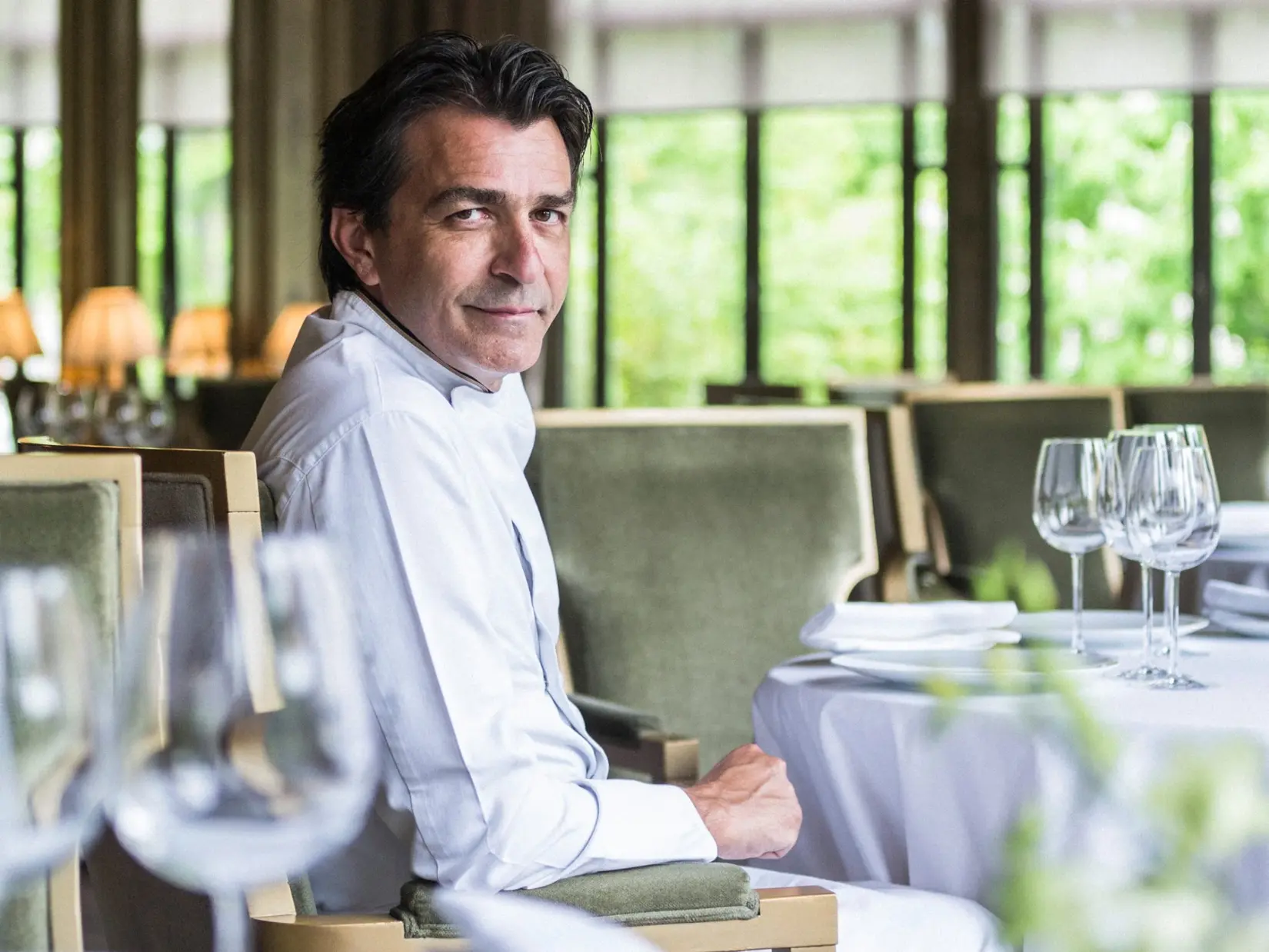 Yannick Alléno: 'No crisis in fine dining, but the future lies in tradition'
Yannick Alléno: 'No crisis in fine dining, but the future lies in tradition'